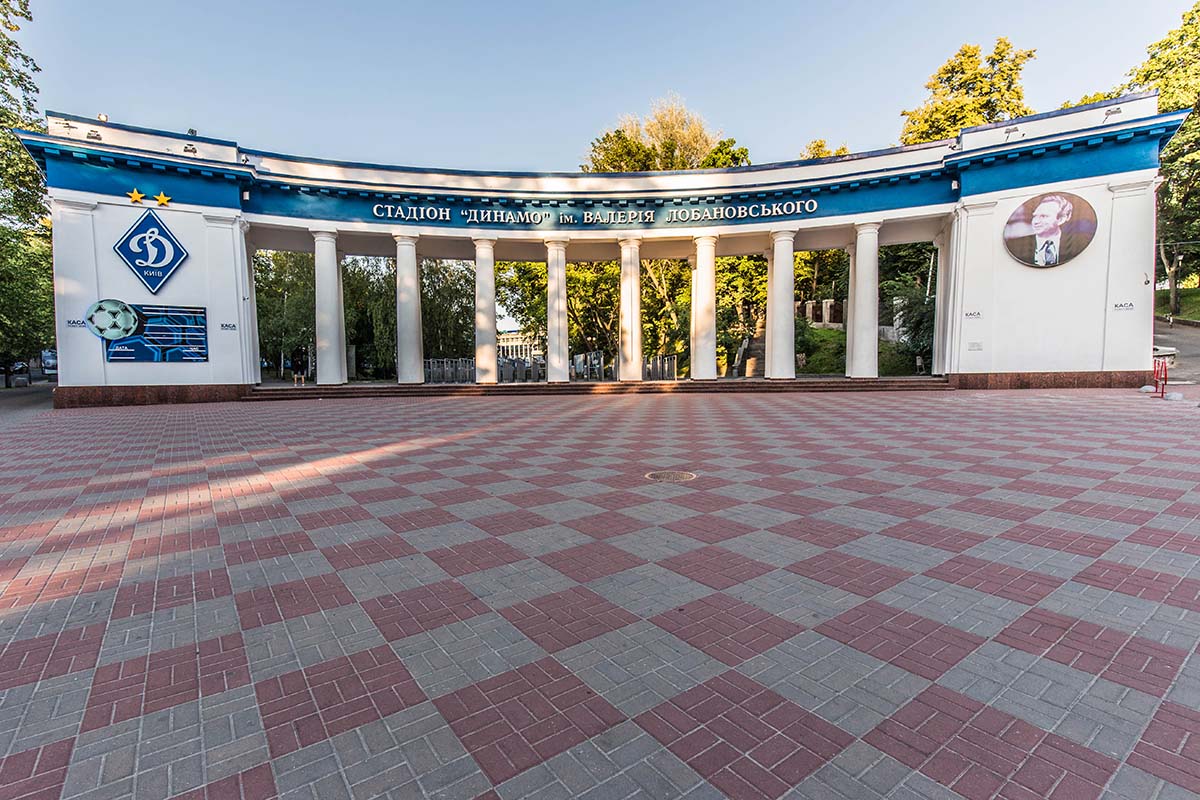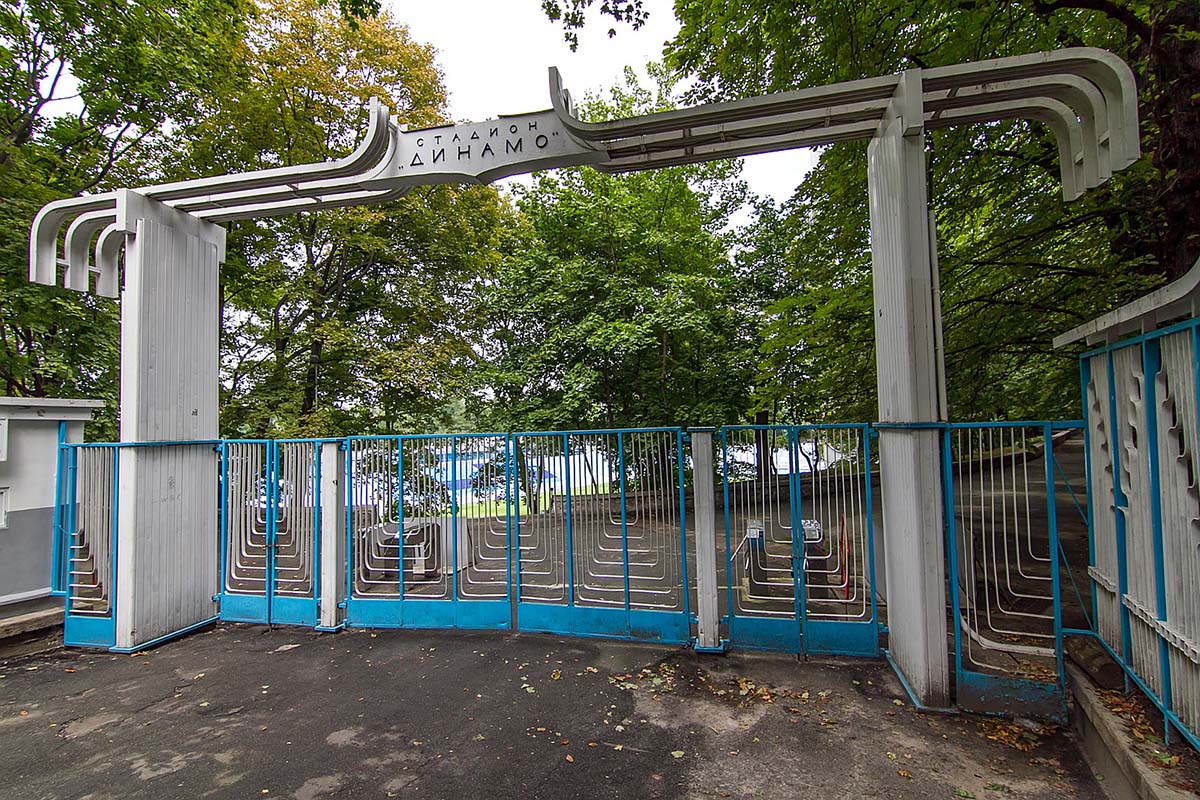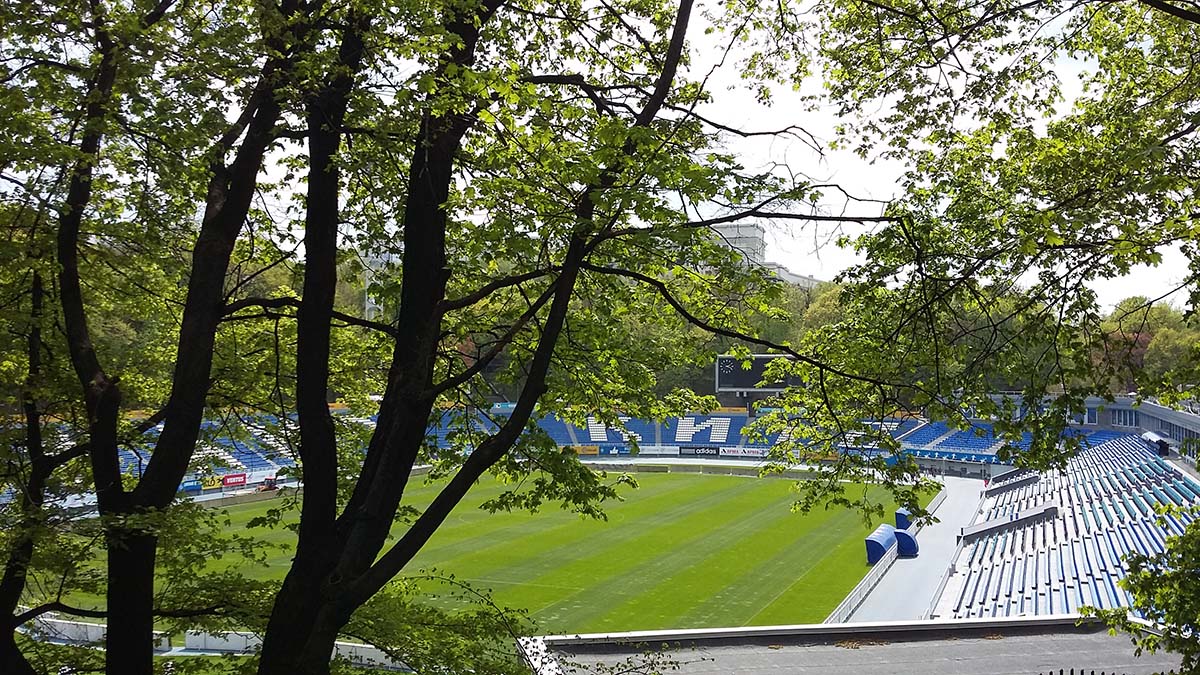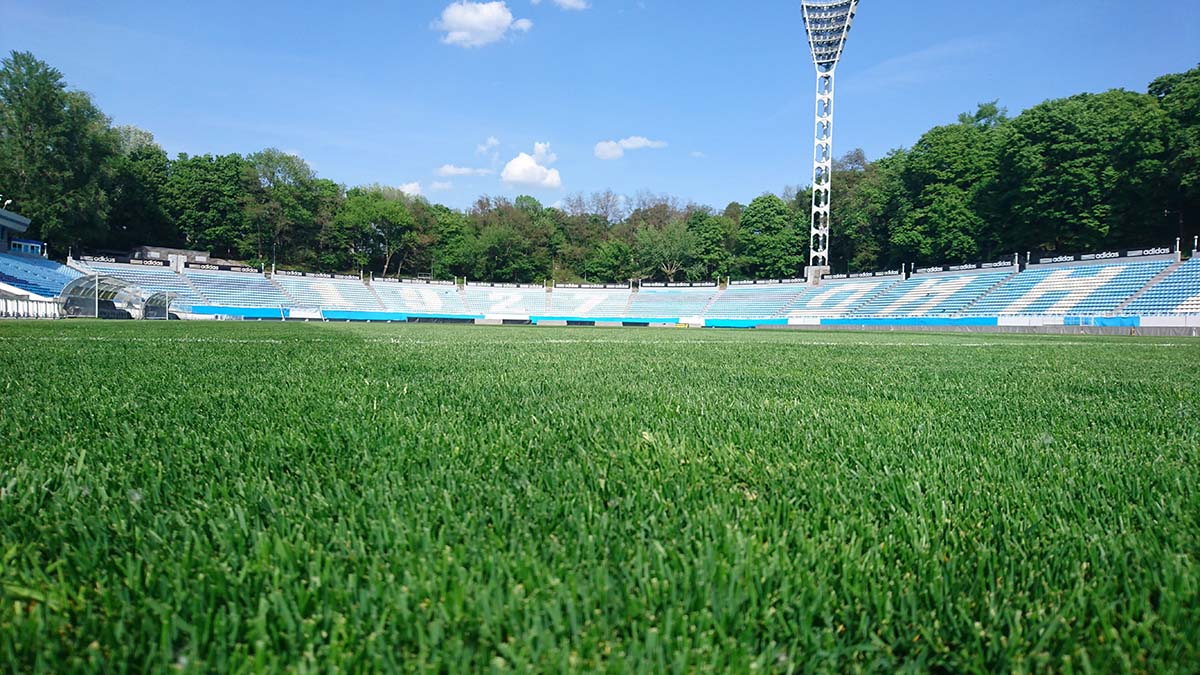At the beginning of the 20th century, greenhouses were located on the territory of the current stadium, supplying vegetables and fruits to the royal residence – Mariinsky Palace. There was also a very popular cafe-chantan “Chateau de Fleur” among the townspeople. In the 1920s, in their place, the Kiev provincial council of the Dynamo society built several sports grounds: basketball, volleyball and handball, as well as a football field with a wooden locker room and a gymnasium.
The construction of the stadium began in 1931 according to the project of the engineer-architect P. Rzhechitsky on the territory of the current City Garden park. For 2 years, the main work was done on the general layout of the stadium complex and, first of all, the sports core with a football field and a running track. The construction of subsequent separate structures on its territory was carried out in 1934-36 according to the designs of civil engineer-architect V. Osmak and architect V. Bespaly (main sports core), architect-artist N. Manucharova and architect V. Polishchuk (main entrance, solved in in the form of a concave colonnade with two pylons at the edges), architect-artist I. Karakis (stadium restaurant, an architectural monument of constructivism).
In 1934, when the capital of the Ukrainian SSR was moved from Kharkov to Kyiv, the Dynamo stadium was called the all-Ukrainian stadium. The stadium was put into permanent operation in 1934, which is listed as the year of the stadium’s appearance, although matches have been held there before. The capacity of the Dynamo stadium in 1933 was 18,000 seats, but according to estimates, the stadium could accommodate up to 23,000 spectators. On the opening day of the arena, about 45,000 people came to the final match of the first Ukrainian Dynamiada, in which teams from Kyiv and Kharkov met.
During the Great Patriotic War, the stadium was badly damaged; unexploded shells and mines were found on its territory for many years. Since 1956, Dynamo’s backup team has played at the rebuilt stadium. In 1956-1966, the stadium was reconstructed (architects M. I. Grechina (Palace of Sports, Olympic sports complex) and I. Ya. Khomenko). The stadium was again reconstructed in 1977-1980 in preparation for the Olympic Games-80 – in accordance with the requirements of international football organizations. Four metal towers (45 meters high) for floodlights were installed at the stadium. The last large-scale reconstruction was carried out in the early 1990s, the stadium’s capacity was reduced to 16,900 seats. In May 2002, after the death of football coach Valery Lobanovsky, the stadium was named after him. On the territory of the stadium there is a monument in honor of Dynamo Kyiv football players who died during the Great Patriotic War, including participants in the Death Match. In 2003, on the first anniversary of the death of Valery Lobanovsky, a monument to him was erected on the territory of the stadium.
Where is the stadium “Dynamo” located?
Mikhail Grushevsky street, 3




